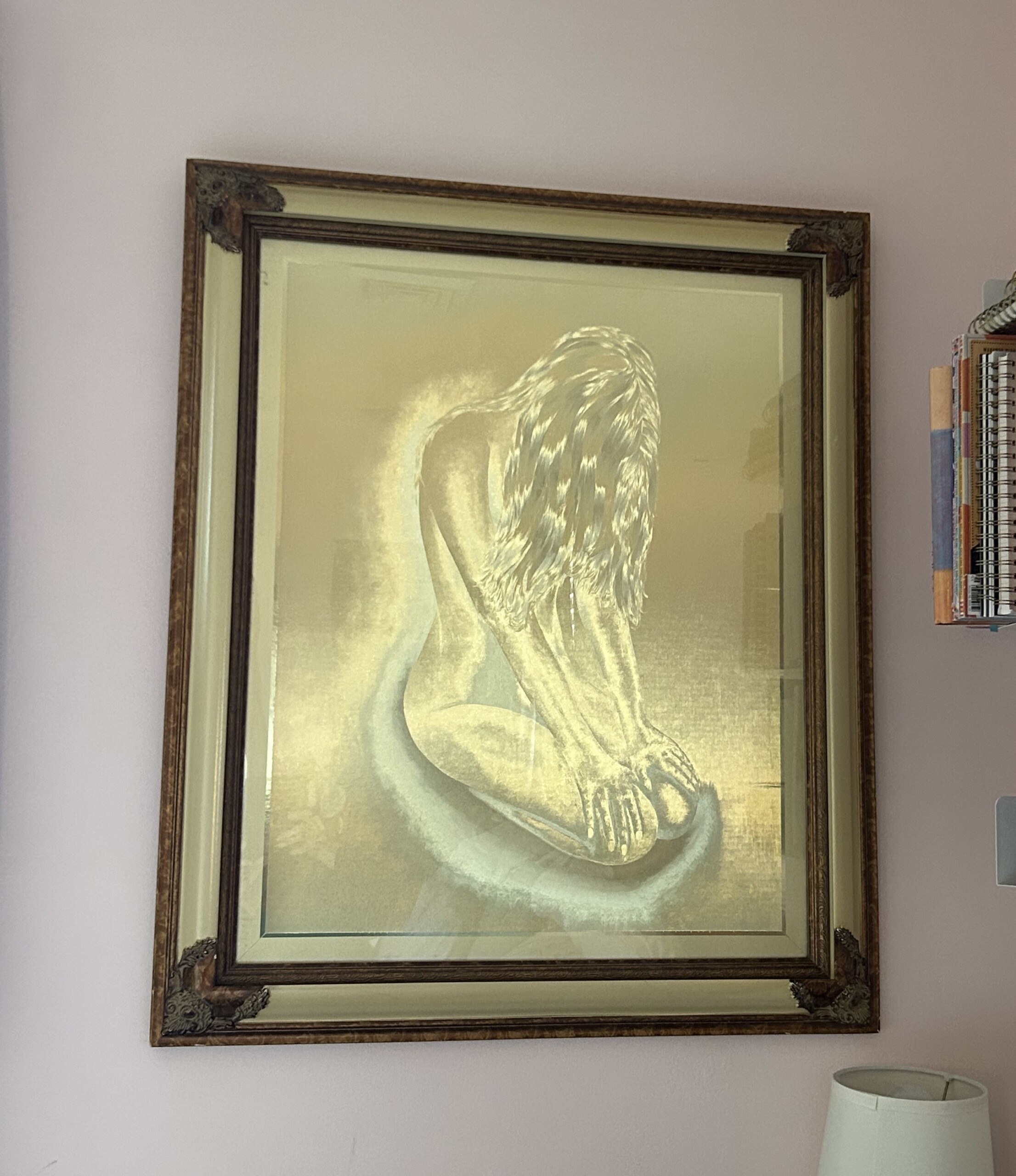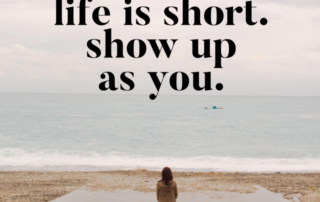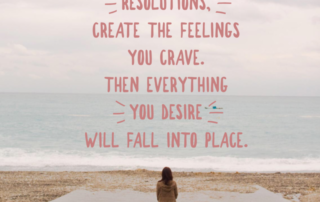Crave Less (when the default is to accumulate more)
The older I get, the more space I crave.
Space to think, to be, to breathe, to process, to simply exist.
Yet, it’s a theme for me to continually hear myself say, “I want less.” “I need less.” Still.
My old pattern is to do more, achieve more, and to move at lightning speed. Even if my body doesn’t move at lightning speed, my mind typically does. I plan, arrange, organize, and categorize ideas and tasks in my mind before I even get out of bed!
Craving less means I consciously choose less clutter around me, less food in my body, less commitments in my calendar, and less (aka no) toxicity in relationships. In exchange, I’m more connected to what matters most, and I make mindful choices about what I DO want.
Back in the 90’s, my husband and I rented our first vacation spot in the Pocono Mountains: a raised rancher with a sun-room, floor-to-ceiling windows framed in oak, ceramic floors, and completely surrounded by trees. I felt nurtured, connected to myself, and could have stayed there the entire time and been content.
Our “thing” back then was to shop. We had a saying that my husband would “Shop until I dropped.” Even then, I wasn’t into the consumption scene. But I did it because it was part of “our vacation” and something he loved to do. I also felt the instant gratification that came from our purchases, which was another theme for me. I’d run on the high that came from accumulation of things –in the moment. Only to realize later, it was an unconscious pattern to distract, rather than a conscious choice to consume.
Most of those purchases have since been sold at yard sales or given away. Though we did keep a few choice favorites, like this painting below. It depicts a woman sitting solo in meditation, silhouetted in gold, and still brings me peace and a reminder to ground from within.

As I started to crave less, I simultaneously wanted less inner-clutter. I spent a few decades exploring and befriending old beliefs, habits, and patterns that were ingrained in me from childhood. I replaced them with a mindset that focused on my core values and emotions and then took action on the things that I “said” I wanted.
Because here’s the thing. We might say we want something but then find ourselves taking actions that are in direct opposition to the things we say we want. A simple example might be saying you want to exercise, but you find yourself watching Netflix instead of creating space in your calendar to work out. This can happen because of unconscious programming that we’re not even aware of.
Here’s some benefits of Craving Less…
By craving less, I have more:
- Space for experiences that fill me up, like yoga, meditation, learning, walking, being in nature, writing, reading and nurturing meaningful connections.
- Flexibility to choose who I work with and when because I’ve eliminated the things that don’t work.
- Gratitude for the things and relationships I do have vs. what focusing on what others have.
- Capacity to live with less in some areas because of opportunities that arise in other areas.
- Energy to keep going when things feel challenging because I’ve removed distractions (physical or emotional)!
- Money in my pocket because I’m more deliberate and mindful of every choice I make.
And I’m acutely aware that these are choices I make from a place of privilege. Privilege and long, hard work to get to this point in my life.
I’m deeply impacted by my physical and emotional environment, so it’s critical to my mental well-being to keep things simple.
In essence, I need 3 things: Order, Ease and Simplicity. When I have order, I feel ease, and when I feel ease, my life feels simple. Simplicity brings me into balance and alignment with my truest self. The way for me to get here is to consistently assess and release what no longer serves as I evolve and grow.
This goes for my home, my car, my office, my relationships and my calendar. When I’m over-cluttered and over-committed, it’s challenging to make conscious choices because I don’t have clarity.
Most of the clients I work with are similar. Even if they say they love having a lot of stuff around them, or, “They are OK with the status quo”, there’s often a delightful exhale that happens when they remove the outdated excess in their life. This includes habits, patterns, beliefs, jobs, homes, and even relationships that no longer feel balanced or reciprocal.
Today is Feb 18th, 2025 and I’m curious, What are you craving today? What do you crave less of? What do you crave more of? Is there anything you told yourself you’d start or do, but you haven’t yet begun?
Before you click away, think about what it might feel like to achieve the thing you say you want? Imagine that you’ve started…how do you feel?
Just marinate in that feeling because that feeling just may be the catalyst that supports you to take the action you need to make it happen.
Interested in exploring this together, or just want to connect and say hello, simply reply here. I’d love to hear from you!








